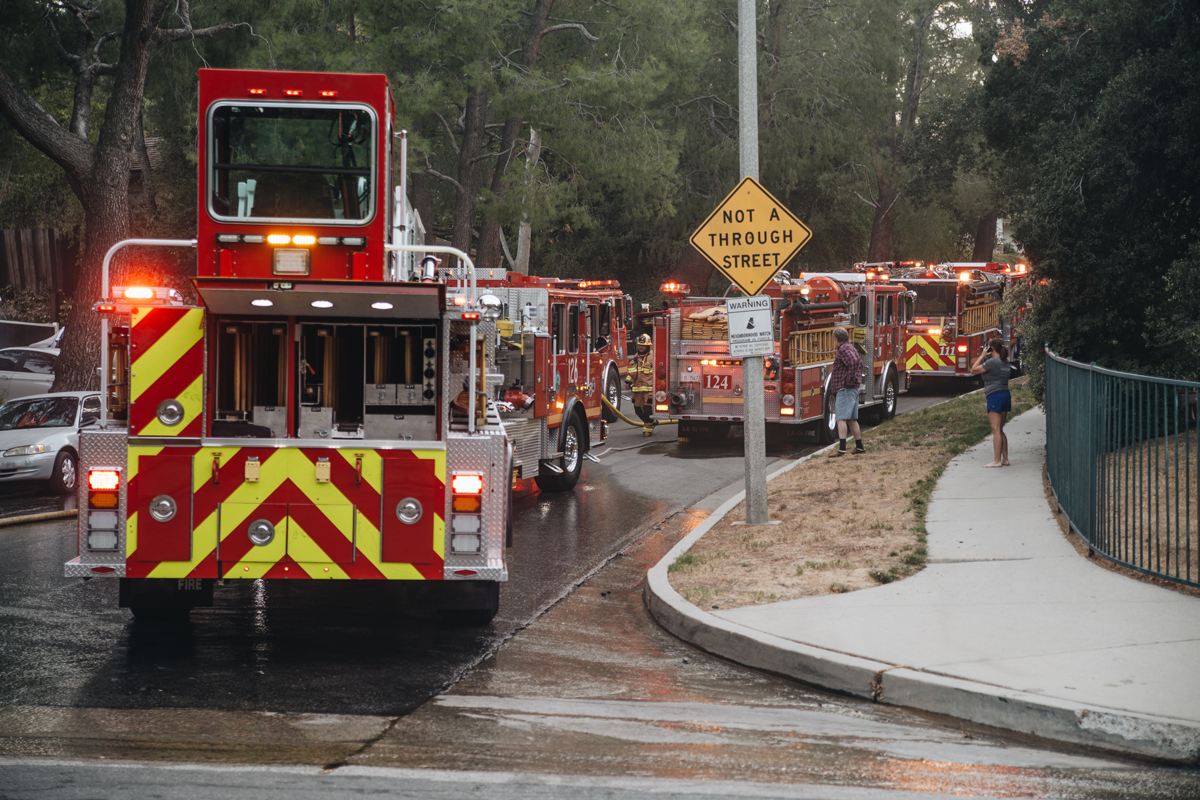
Disruptions to the child care industry due to the COVID-19 pandemic have created financial hardships and other challenges for child care providers. Child care programs that were closed may re-open only to close again due to outbreaks of the virus in their program, an uptick in community spread, staff shortages or simply because their business models are no longer sustainable. Meanwhile, for many parents, it can be difficult to find alternative child care arrangements. And for employers, disruptions to child care impact their abilities to have employees that are consistently present to meet work requirements and commitments.
Of course, a pandemic isn’t the only thing that can create widespread child care disruptions. Natural disasters, civil unrest and other crises can be disruptive. There are steps Lead Agencies, Child Care Resource and Referral agencies, child care providers and families can take to prepare for and respond to disruptions in child care. Along with strategies you already have in place, consider the following ideas, organized by role.
Child Care and Development Fund (CCDF) Lead Agencies can:
- Partner with and invest in Child Care Resource and Referral agencies (CCR&Rs) to collect, maintain and share data, for example, open/close status, enrollment and vacancies, staffing levels, etc. One approach is to utilize coaches, who have working relationships with providers statewide, to collect, report and record this information in a database where exporting is possible. Another approach is to interface with the data systems in use by CCR&Rs to access the data in a near real-time manner—to uncover specific patterns or needs across various localities documented by the workflow these agencies use.
Practice Spotlight: In Illinois, INCCRRA partners with the 16 regional child care resource and referral agencies (CCR&Rs), the child care licensing agency and the Lead Agency to maintain accurate, timely data on the availability of early childhood education and care. With the help of data use agreements, data is shared through this partnership, maintained by INCCRRA, and utilized for a range of purposes. The most critical use of this data is to connect families to the early learning programs that best meet their needs through the referral work of the regional CCR&Rs.
- Encourage and financially support partnerships between child care licensing and CCR&Rs to gather and share data about program status updates.
- Partner with and invest in CCR&Rs to lead efforts in child care business automation and business training models that strengthen financial sustainability and quality in child care programs and make it easier for providers to collect and share enrollment and financial data.
- Partner with the state lead agency that oversees K-12 education to create and maintain communication channels between the two agencies. Encourage partnerships at the local level between school districts, CCR&Rs and child care providers to promote coordination of care and education services that respond to the strengths and needs of families and child care providers.
- Equip families who are experiencing disruptions in their child care services with information about how to find child care and how their local CCR&R can help.
- Equip child care providers with information in multiple languages about local CCR&Rs so that if their child care program does need to close temporarily (or permanently), providers are able to refer families to CCR&Rs for help with finding alternative care arrangements.
- Partner with CCR&Rs to create and disseminate information and toolkits in multiple languages to help families and child care providers bridge temporary closures.
- Share information about federal COVID relief assistance available to CCR&Rs, child care providers and families.
Network and Local Child Care Resource and Referral Agencies can:
- Establish and maintain frequent contact with local school districts to keep information flowing, e.g., on potential immediate shutdowns of schools, schedule changes and influxes in school-age children needing care. Build or strengthen partnerships between your agency, school districts and child care providers to promote coordination of care and education services that respond to the strengths and needs of families and child care providers.
- Partner with child care licensing departments and CCDF Lead Agencies to share data on programs temporarily or permanently closing.
Practice Spotlight: In Washington state, Child Care Aware® of Washington (CCA of WA) and their local Child Care Aware® partners added the ability to track whether child care programs were open or temporarily closed within days of school closures. They utilized coaches who called every provider statewide weekly to update this information and check in. This closure data proved invaluable in the early days of the pandemic and as a result led to working with their child care licensing and Lead Agency to share this key data across the two organizations. Meeting this need reenergized CCA of WA’s access to data sets and increased their reputation as a system.
- Reach out to providers to ensure their data regarding open and closed child care is as up-to-date as possible. Remind providers that if they do need to close their programs, they can refer families to the CCR&R for help with finding alternative care arrangements.
- Create or nurture opportunities for child care providers to network, share information, problem solve and support one another as part of a community.
- Ramp up outreach to parents to let them know the resources and services offered by your agency, including help to find child care.
- Share information that child care providers and families can use to find comprehensive support. For example, create and share a simple list of places to contact for nutrition, housing, health or mental health assistance.
- Share information about federal COVID relief assistance available to child care providers and families.
- Develop resources that help child care providers create or revise their emergency preparedness plans to address epidemics/pandemics.
- Explore how child care business automation combined with business training can help you support financial sustainability and quality in child care and help providers collect and share enrollment and financial data.
Child Care Programs can:
- Follow guidance from local public health and state licensing authorities.
- Contact the local health department if you have a confirmed case of COVID-19 in your center.
- Revise your emergency preparedness plans to include steps for short-term closures due to onsite COVID-19 cases. Consider what you will need to do regarding communication with staff and family, closing and opening protocols, covering expenses during closure, contacting state offices, etc.
- Contact licensing, subsidy and the Child and Adult Care Food Program (as applicable), when your program closes or re-opens to ensure proper oversight and payments.
- Stay in contact with your CCR&R to ensure accurate data on your program’s open/closure status.
- If families need help finding alternative care arrangements, refer them to their local CCR&R. You may also find it useful to keep in touch with other child care providers in your area who may be able to care for children while your program is closed.
- Plan and prepare for the possibility that a child or teacher may contract symptoms consistent with COVID-19 and know what to do should this happen.
- Develop a plan for monitoring local COVID-19 data in your community to stay aware of local transmission rates so that you can make informed decisions about your child care operations.
- Engage families in ongoing communication and, when possible, shared decision-making. Find common ground based on shared goals.
- Explore how you can use business automation to improve how you track, use and share data, sharpen financial management of your program, and reduce time spent on paperwork so that you can focus on health, safety and quality.
Families can:
- Monitor local COVID-19 data in your community to stay aware of local transmission rates so that you can make informed child care decisions.
- Build and maintain ongoing communication with your child’s child care provider. Find common ground based on mutual goals.
- Plan and prepare in advance for what you can do if your child’s child care program closes or if your child is unable to attend child care for any reason.
- If your child’s child care program closes, contact your local CCR&R for assistance in finding alternate arrangements.
- If you receive child care subsidy funds to help pay for child care, be sure to follow subsidy program requirements, for example, notifying the subsidy agent of any changes in your care arrangements.
- If you need help finding child care or need financial assistance for child care, contact your local CCR&R.






